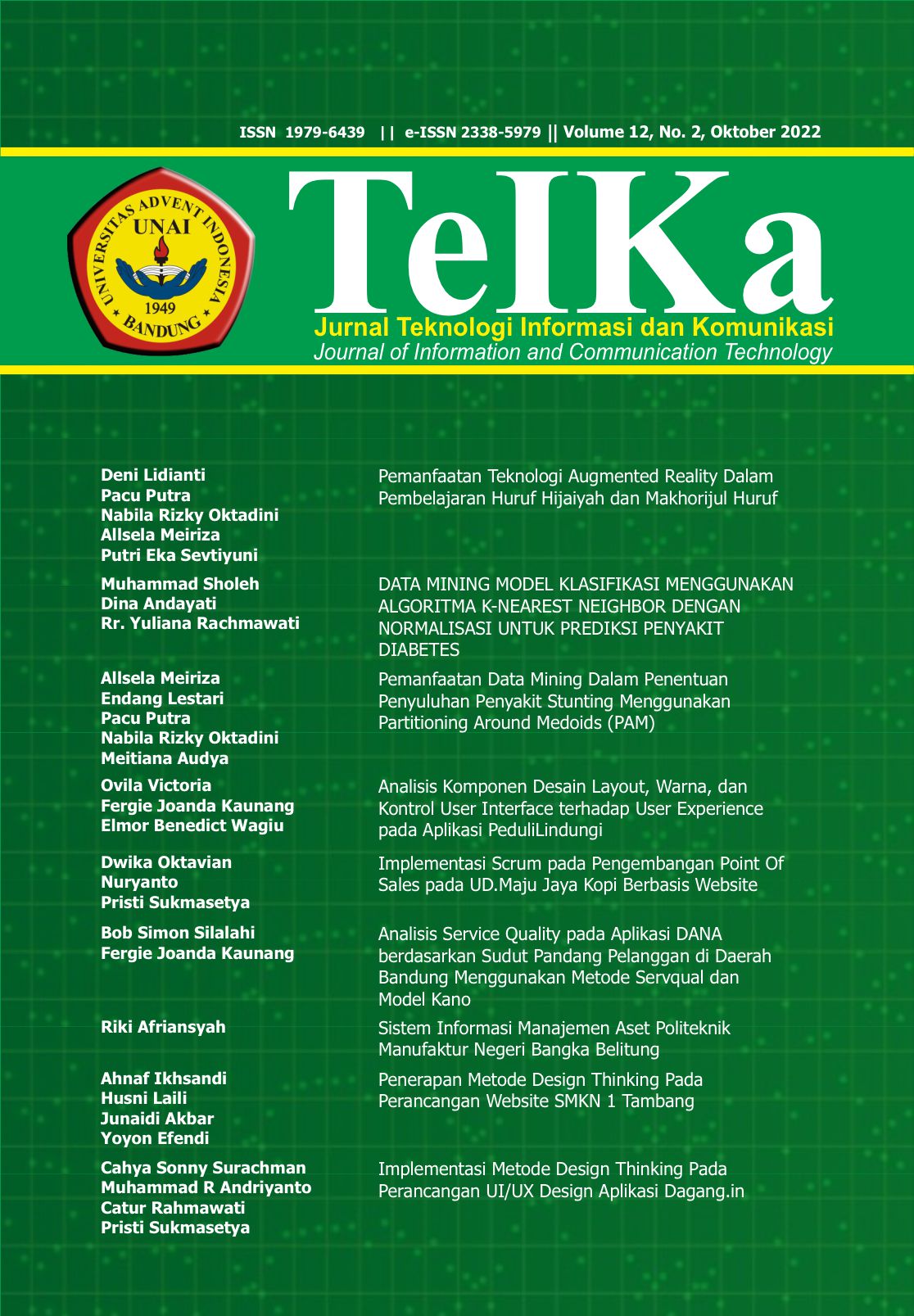Application of K-means and Genetic Algorithm for MTSP
Keywords:
MTSP, Genetic Algorithm, Cluster Division, K-meansAbstract
This article implements a combination of K-means and genetic algorithms to solve the Multiple Traveling Salesman Problem (MTSP) while avoiding intersections between the paths of traveling salesmen. There are several objectives within this issue, including finding the shortest path for each route and determining the optimal number of cluster divisions. In this research, we attempt to combine the K-means algorithm and genetic algorithm to address the MTSP with cluster divisions. The study involves dividing destinations using K-means and applying the Genetic Algorithm to these clusters. The results demonstrate that the combination of Genetic Algorithm and cluster division significantly contributes to efficient travel route planning. Clustering enables the grouping of destinations with similar geographic characteristics, leading to more optimal routes. In future research, optimizing parameters and integrating other methods can be explored to enhance the solution for travel planning.
Downloads
References
“Multiple Traveling Salesman Problem menggunakan Algoritma Ant Colony Optimization dengan Operasi Elitism,” jcis, vol. 2, no. 1.
K. Krishna dan M. Narasimha Murty, “Genetic K-means algorithm,” IEEE Trans. Syst., Man, Cybern. B, vol. 29, no. 3, hlm. 433–439, Jun 1999, doi: 10.1109/3477.764879.
U. Maulik dan S. Bandyopadhyay, “Genetic algorithm-based clustering technique,” Pattern Recognition, vol. 33, no. 9, hlm. 1455–1465, Sep 2000, doi: 10.1016/S0031-3203(99)00137-5.
Z. Lu, K. Zhang, J. He, dan Y. Niu, “Applying K-means Clustering and Genetic Algorithm for Solving MTSP,” dalam Bio-inspired Computing – Theories and Applications, M. Gong, L. Pan, T. Song, dan G. Zhang, Ed., dalam Communications in Computer and Information Science, vol. 682. Singapore: Springer Singapore, 2016, hlm. 278–284. doi: 10.1007/978-981-10-3614-9_34.
“Data refrensi pendidikan.” Kemendikbud (2022). Diakses: 16 Agustus 2023. [Daring]. Tersedia pada: https://referensi. data.kemdikbud.go.id/index11.php?kode=052000&level=2
“Google Earth,” Google (2022). Diakses: 16 Agustus 2023. [Daring]. Tersedia pada: https://earth.google.com
Y. Agusta, “K-Means – Penerapan, Permasalahan dan Metode Terkait,” vol. 3, 2007.
S. Monalisa, “Klusterisasi Customer Lifetime Value dengan Model LRFM menggunakan Algoritma K-Means,” JTIIK, vol. 5, no. 2, hlm. 247, Mei 2018, doi: 10.25126/jtiik.201852690.
D. Hermawanto, “Algoritma Genetika dan Contoh Aplikasinya”.
R. S. Armanda dan W. F. Mahmudy, “Penerapan Algoritma Genetika Untuk Penentuan Batasan Fungsi Kenggotaan Fuzzy Tsukamoto Pada Kasus Peramalan Permintaan Barang,” JTIIK, vol. 3, no. 3, hlm. 169, Des 2016, doi: 10.25126/jtiik.201633201.
Downloads
Published
How to Cite
Issue
Section
License
Copyright (c) 2023 TeIKa

This work is licensed under a Creative Commons Attribution-ShareAlike 4.0 International License.
The submitting author warrants that the submission is original and that she/he is the author of the submission together with the named co-authors; to the extend the submission incorporates text passages, figures, data or other material from the work of others, the submitting author has obtained any necessary permission.
Articles in this journal are published under the Creative Commons Share Alike Attribution Licence (CC-BY-SA What does this mean?). This is to get more legal certainty about what readers can do with published articles, and thus a wider dissemination and archiving, which in turn makes publishing with this journal more valuable for you, the authors.
By submitting an article the author grants to this journal the non-exclusive right to publish it. The author retains the copyright and the publishing rights for his article without any restrictions.










